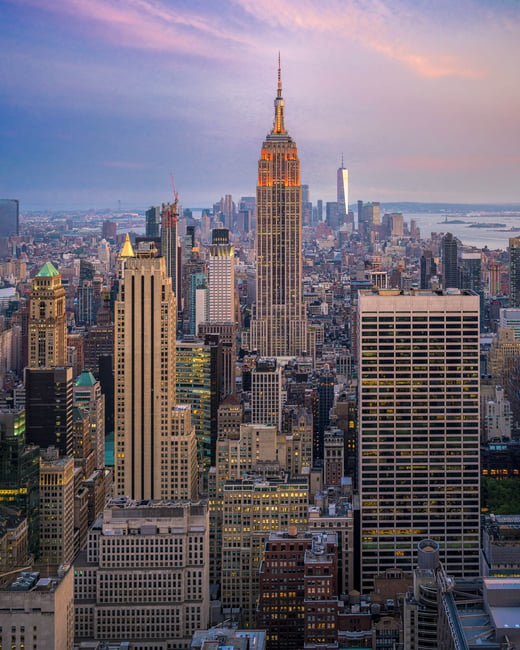How to Photograph Cityscapes: A Beginner’s Guide
Whether it’s an iconic skyline or some cool local architecture, photographing a cityscape can be a great way to create interesting compositions without having to trek into the wilderness. Getting successful cityscape shots requires a bit of preparation, gear knowledge, and location scouting. In this beginner’s guide to photographing a cityscape, I’ll detail all the decisions you need to make in order to take better photos of cities.
Table of Contents
Whether it’s an iconic skyline or some cool local architecture, photographing a cityscape can be a great way to create interesting compositions without having to trek into the wilderness. Getting successful cityscape shots requires a bit of preparation, gear knowledge, and location scouting. In this beginner’s guide to photographing a cityscape, I’ll detail all the decisions you need to make in order to take better photos of cities.
Table of Contents

 NIKON Z 7 + NIKKOR Z 24-70mm f/4 S @ 34mm, ISO 800, 1/30, f/5.6, © Alex Coleman
NIKON Z 7 + NIKKOR Z 24-70mm f/4 S @ 34mm, ISO 800, 1/30, f/5.6, © Alex Coleman







تعليق